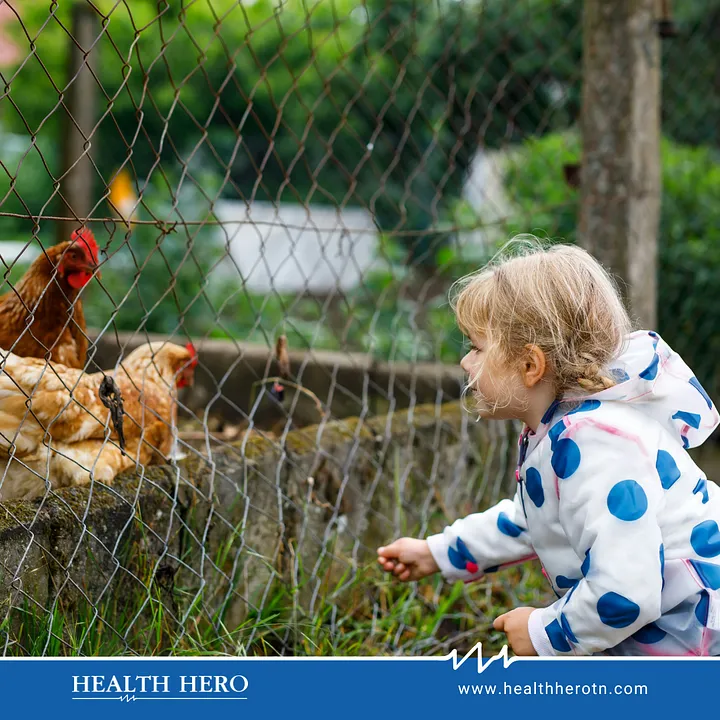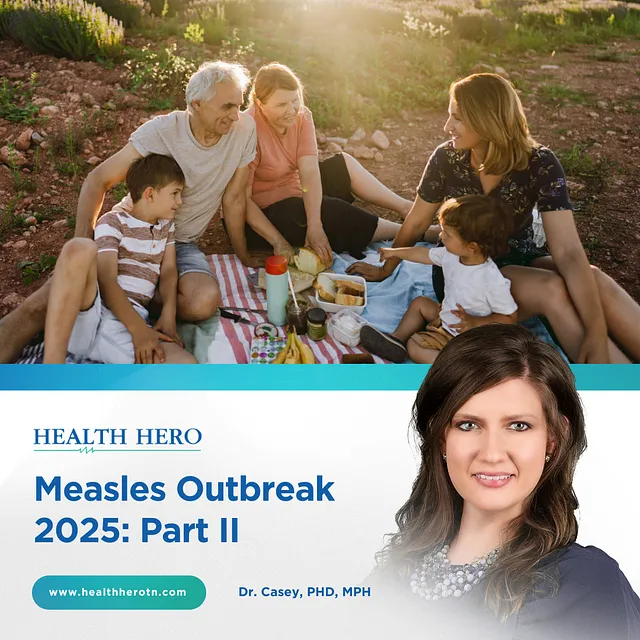With a second farmer in the United States infected with Avian Influenza A (H5N1), commonly known as bird flu, concerns have started to grow among medical experts. While bird flu infections in humans are rare, these cases show the potential for another virus to spread among humans. However, the Centers for Disease Control and Prevention (CDC) has assured the public that there is currently no evidence of person-to-person bird flu transmission, categorizing the general public’s risk as low.
Where did the new wave of infections start?
H5N1 was first identified in geese in China in 1996, it has since caused outbreaks in various regions, including the U.S. The latest strain, Highly Pathogenic Avian Influenza (HPAI), began spreading in wild birds in Europe in 2020 and reached North America by late 2021. As of May 2024, outbreaks have been reported in poultry across 48 states and in dairy cattle in nine states.
Is there a concern about bird flu infecting cows?
There is a concern about the virus’s potential to mutate and infect dairy cows. However, In an update on May 10, the FDA announced that all 297 samples from their initial retail dairy product survey were negative for H5N1. The relatively mild manifestation of the disease in cows complicates tracking efforts.
Should people worry about bird flu in the food supply?
As noted above, there has been no live bird flu virus found in retail milk and dairy products, mainly due to pasteurization. Still, there are ways people can ensure the food they serve to their families remains safe from viral and bacterial pathogens.
Using a food thermometer is important to verify foods have reached a safe minimum internal temperature:
● Beef, bison, veal, lamb steaks, roasts, chops: 145°F
● Ground meat and sausage: 160°F
● Poultry: 165°F
When handling raw or uncooked meat and poultry, remember to always wash your hands with soap and water and disinfect cooking surfaces.
What are the signs you may have bird flu?
Symptoms can range from mild to severe, including conjunctivitis, cough, fatigue, fever, headaches, muscle aches, runny nose, and shortness of breath. The recent U.S. cases involved mild symptoms and full recoveries.
Are there vaccines or treatments for bird flu?
No bird flu vaccines are currently available, but antiviral drugs like oseltamivir phosphate and baloxavir marboxil are effective treatments if administered promptly. These antivirals can also be used prophylactically following exposure. While not connected to H5N1, the seasonal flu can reduce the risk of getting sick with human influenza viruses and the risk of seasonal and bird flu co-infection.
What should I know if I work around dairy cows?
Individuals with close or prolonged, unprotected exposure to infected birds or animals are at higher risk. If your job involves handling infected or potentially infected birds or other animals, follow these precautions:
● Use protective equipment such as gloves, an N95 respirator, or another well-fitted facemask.
● Wash your hands with soap and water after touching birds.
● Avoid touching your mouth, nose, or eyes after contact with birds or surfaces.
● Change your clothes before contacting healthy domestic poultry and after handling infected or potentially infected birds or animals. Dispose of the gloves and facemask and wash your hands thoroughly with soap and water.
Taking these precautions is crucial, especially if you have a family and young child at home who might have weaker immune systems.
Sources:


